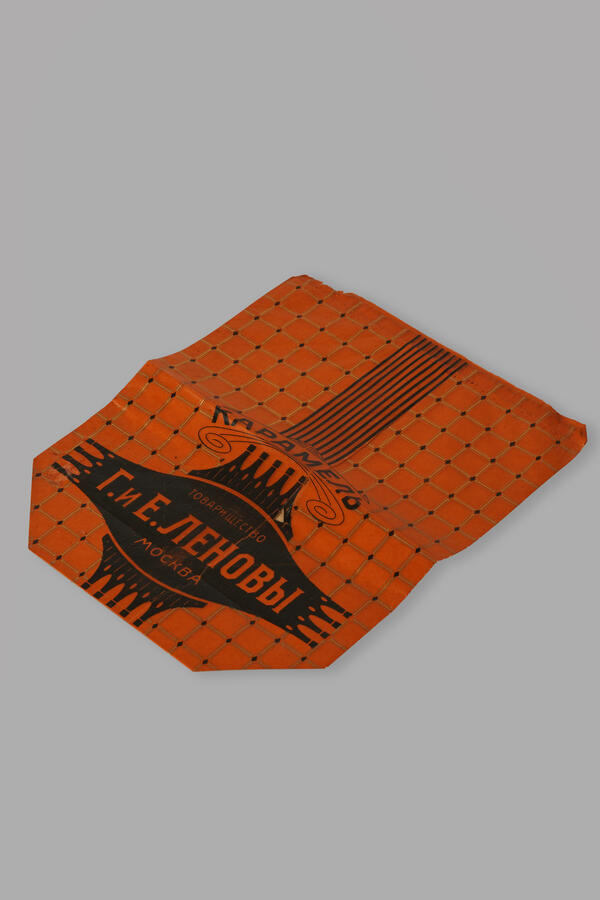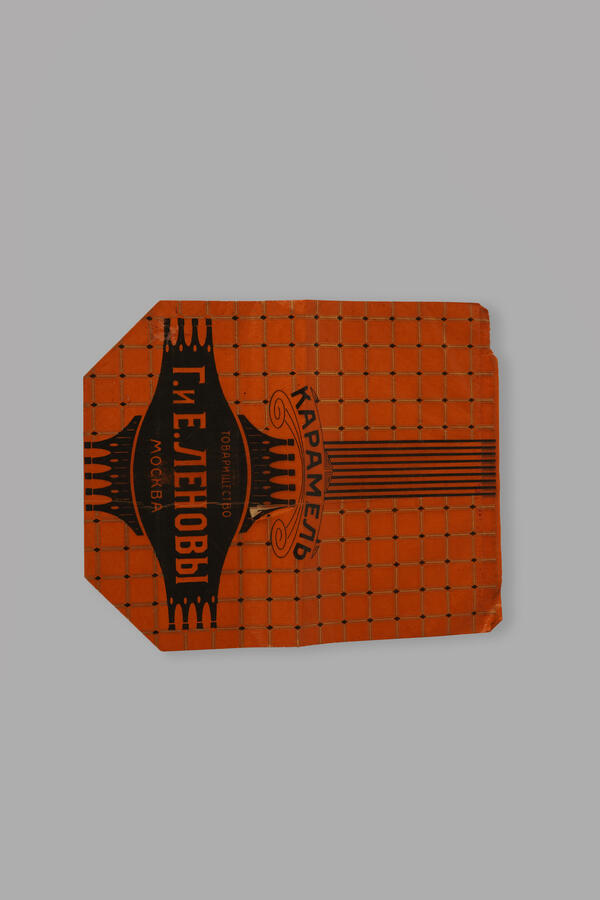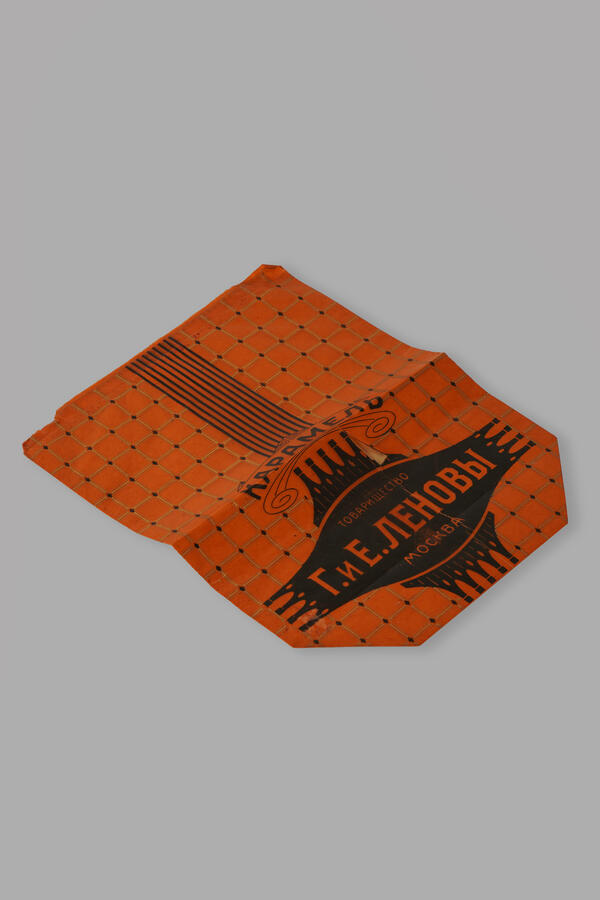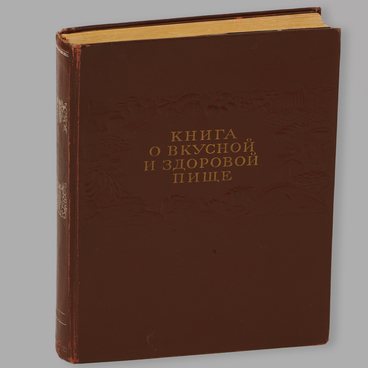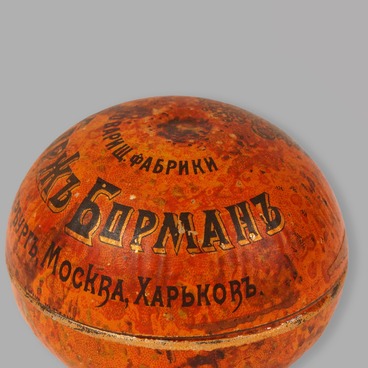Paper as we know it appeared in 105 AD in China. Before that, people used papyrus, parchment, birch bark, a kind of paper made from hemp, bamboo and silk. All these materials were too fragile, heavy or expensive. The Chinese court official Cai Lun improved the process of making paper, “borrowing” the technology from wasps. He mixed mulberry fibers with rainwater, crushed them, dried the mass on a wooden frame with a sieve and pressed it with stones. Later, the mass was applied in a thin layer on smooth boards, which were stacked on top of each other. The result was a durable material that was in addition environmentally friendly. Already in the 6th century, it was not uncommon for the wealthy to use paper in order to wrap gifts.
In the 7th and 8th centuries, paper was already being produced in many Asian countries, and in the 11th and 12th it was made in Europe. Russia began manufacturing paper during the reign of Ivan the Terrible.
For a long time, paper was handmade. At the end of the 18th century, a grinding apparatus — a roll — appeared, and in 1799 the Frenchman Nicolas Robert invented the first paper machine. The Fourdrinier brothers improved the machine later.
At first, bags were the most common paper containers — sometimes they even had the product’s name on them. The first flat paper bags were made by French nuns who glued sheets of paper decorated with patterns.
In 1859, William Goodale patented a machine for the production of such envelope bags, and in 1870, flat bottomed bags appeared. At the end of the 19th century, the invention of flat printing led to advertisements being printed on such bags.
Packages with corporate logos were also used by confectioners in Russia. For convenience, buyers were given a special wooden handle: the modern model of the bag with handles appeared in Germany only in 1906.
In 1826, a workshop producing caramel and fudge sweets appeared in the Zamoskvoretsky city district. The owner was the merchant Sergey Lenov. He would often personally sell his goods at fairs. In 1886, the business was inherited by Sergey’s grandson, Georgy Lenov. He had the factory premises expanded, electricity supplied, and a direct current dynamo installed. The number of employees noticeably increased, and the assortment of the company was enriched with candies and chocolates. As a partnership, the firm “G. and E. Lenova” received the highest awards at the All-Russian Art and Industrial Exhibition (1896) and at the World Exhibition in Rome (1911).
At the beginning of the 20th century, the Trading House “G. and E. Lenova” was one of the most significant confectionery factories in Moscow.
In the 7th and 8th centuries, paper was already being produced in many Asian countries, and in the 11th and 12th it was made in Europe. Russia began manufacturing paper during the reign of Ivan the Terrible.
For a long time, paper was handmade. At the end of the 18th century, a grinding apparatus — a roll — appeared, and in 1799 the Frenchman Nicolas Robert invented the first paper machine. The Fourdrinier brothers improved the machine later.
At first, bags were the most common paper containers — sometimes they even had the product’s name on them. The first flat paper bags were made by French nuns who glued sheets of paper decorated with patterns.
In 1859, William Goodale patented a machine for the production of such envelope bags, and in 1870, flat bottomed bags appeared. At the end of the 19th century, the invention of flat printing led to advertisements being printed on such bags.
Packages with corporate logos were also used by confectioners in Russia. For convenience, buyers were given a special wooden handle: the modern model of the bag with handles appeared in Germany only in 1906.
In 1826, a workshop producing caramel and fudge sweets appeared in the Zamoskvoretsky city district. The owner was the merchant Sergey Lenov. He would often personally sell his goods at fairs. In 1886, the business was inherited by Sergey’s grandson, Georgy Lenov. He had the factory premises expanded, electricity supplied, and a direct current dynamo installed. The number of employees noticeably increased, and the assortment of the company was enriched with candies and chocolates. As a partnership, the firm “G. and E. Lenova” received the highest awards at the All-Russian Art and Industrial Exhibition (1896) and at the World Exhibition in Rome (1911).
At the beginning of the 20th century, the Trading House “G. and E. Lenova” was one of the most significant confectionery factories in Moscow.


